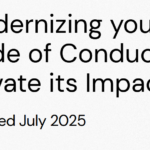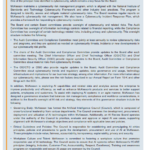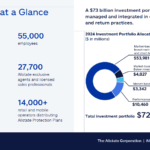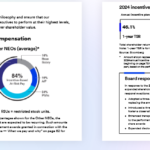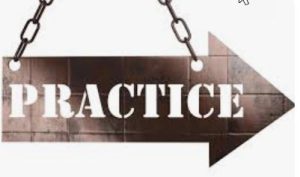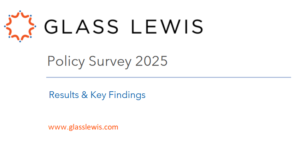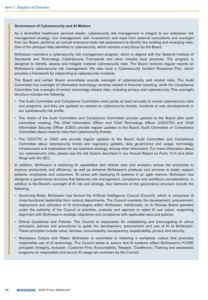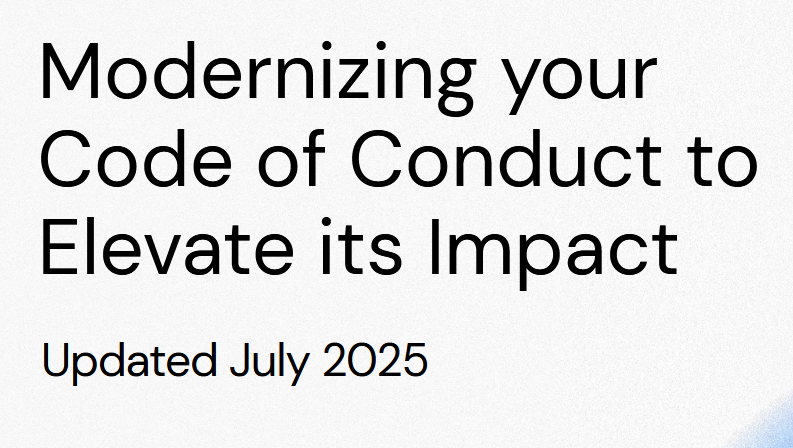Recently, I asked Freshfields’ Pam Marcogliese, DLA Piper’s Sanjay Shirodkar, and Compensia’s Mark Borges the question of “What might be an example of a positive outcome for a client based on good disclosure that was drafted?” Here’s a summary of their answers from those videos:
Mark Borges: “One of the most obvious examples of a good outcome is being able to reverse a failed say-on-pay vote or a declining trend in shareholder support. We’ve had a lot of success in this area – and I think most companies would – if you show that you’re engaging, listening, and making changes (or moving toward changes) that shareholders believe are part of an effective compensation program. Those tend to be success stories.
I can’t think of a time when we decided to expand our disclosure around engagement and shareholders responded negatively. It’s never been, ‘This is worse than I thought.’
Another area where you can be very effective is when you rewrite disclosures to address shareholder engagement and respond to major changes in the compensation program. For example, there are companies that don’t grant bonuses. We recently worked with a company that had received ongoing shareholder criticism for not having a bonus program. The company decided to implement one and was able to explain why it hadn’t had one before, why it was being added now, and how it complemented the overall compensation structure.
These are the kinds of situations where well-crafted disclosure can help a company achieve broader objectives.”
Sanjay Shirodkar: “Some of our clients face complex regulatory issues. One of my favorite examples involves accounting issues. When I was at the SEC, my special counsel would always remind me: when you get a comment letter, legal disclosure is important, but you also need to look at the financial statements and footnotes.
That stuck with me. Because of my accounting background, I focus closely on the financials – especially the footnotes. That’s often where you can find key clues about what’s really going on. For example, if there’s a potential impairment coming, we think about how to leave ‘breadcrumbs’ in current disclosures. That way, if an impairment is recognized a year from now, we can point back to those earlier disclosures and show that we laid the groundwork and signaled the issue to investors.”
Pam Marcogliese: “I think the most recent quarterly reporting season offers a great backdrop for this question. Obviously, companies want to avoid securities litigation – the plaintiffs’ bar is active, and if there’s a stock drop, a lawsuit is almost guaranteed. You also want to avoid SEC enforcement, especially in the most egregious cases.
But beyond that, to me, good disclosure – and a good outcome – means protecting the company’s reputation. It’s ultimately a credibility issue. Management needs to be able to get on an earnings call and clearly communicate to analysts and investors what’s going on. A positive outcome is when the market walks away with the message you intended.
Take the example of the tariff situation. Many companies pulled guidance at some point this year – and in a highly volatile environment, that can be the right call. But pulling guidance doesn’t eliminate the need to help the market understand how to think about the business in the short, medium, and long-term.
The companies that succeeded in reassuring the market were the ones that, even without formal guidance, still provided as much information as they could. The market can handle uncertainty – investors get that the impact of tariffs is hard to predict – but that doesn’t mean there’s no value in transparency. Offering thoughtful insight shows you’re on top of the situation and managing proactively. In these cases, what you do say can matter just as much as what you don’t.”





